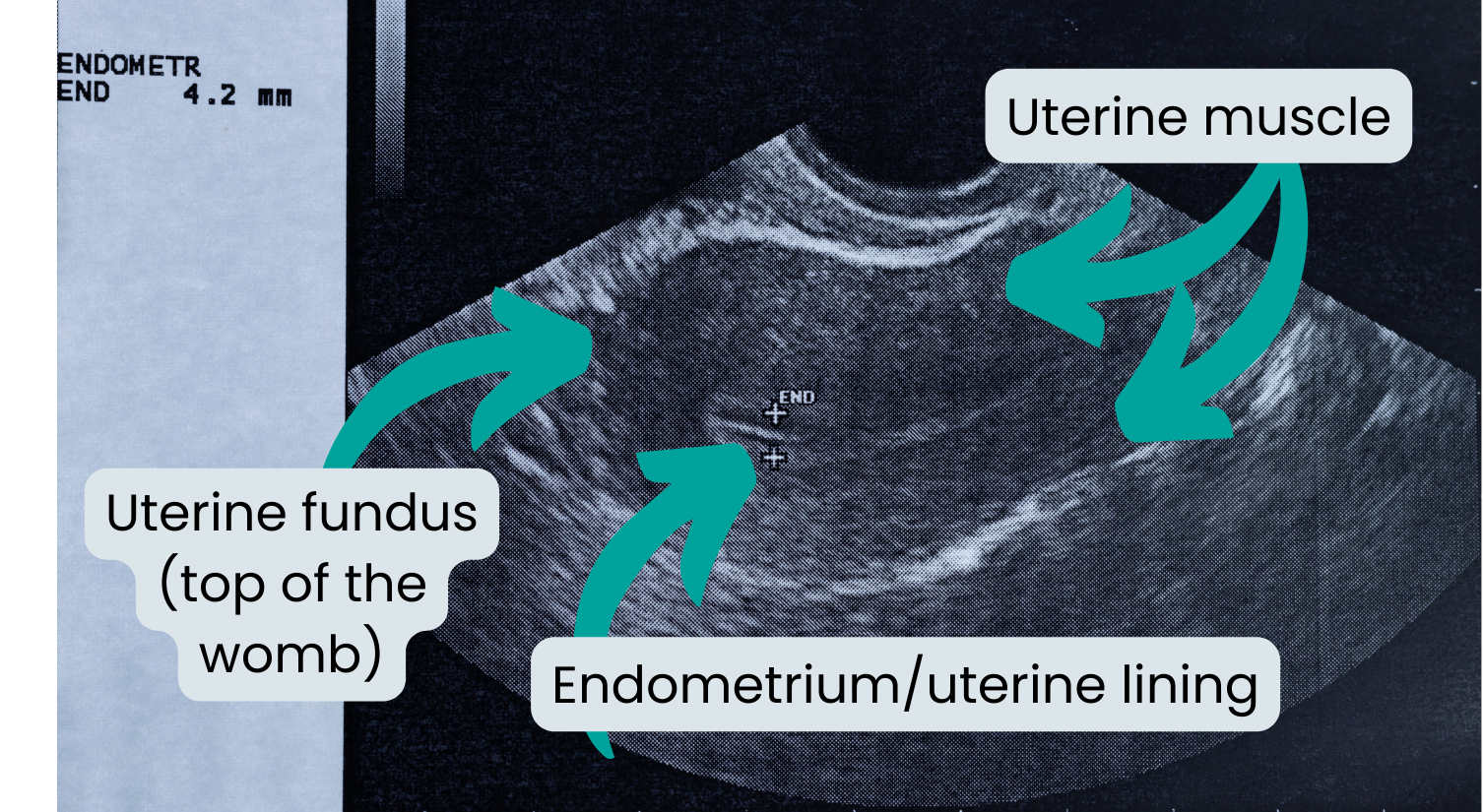SYMPTOM: Abnormal uterine bleeding
Abnormal uterine bleeding is very common in the perimenopause. This post focuses on abnormal uterine bleeding because bleeding from the vagina is coming out of the vagina, but could be coming from a variety of sources in the pelvis. Abnormal vaginal bleeding still requires investigation
Abnormal uterine bleeding is any bleeding that is different from your normal period. This can include bleeding between periods, very heavy periods, or bleeding after sex or bleeding when you are post menopause. For women who have gone through menopause, any bleeding is not normal. It is important to pay attention to abnormal bleeding because it can sometimes be a sign of health problems that need treatment, such as changes in hormones or even cancer of the womb lining.
Abnormal uterine bleeding is common perimenopause
Abnormal menstrual is common during perimenopause, the time leading up to menopause, because of changes in hormone levels. Hormones like estrogen and progesterone can go up and down a lot, which can cause your periods to become irregular, happen more often, or be heavier than usual. These changes in hormones can cause the lining of the womb to grow and shed unevenly, leading to abnormal bleeding. Even though worrying conditions like endometrial cancer are not common in the perimenopause they can still occur, and are very treatable which is why we take abnormal bleeding seriously.
Why Abnormal Bleeding Happens in Postmenopause
For women who have gone through menopause, any vaginal bleeding is not normal and should be checked by a doctor. This bleeding can happen due to thinning of the lining of the womb, growths like polyps, or sometimes because of hormone treatments. In some cases, bleeding after menopause can be a sign of something more serious, like cancer of the womb lining.
Risk of Cancer with Postmenopausal Bleeding
Approximately 10% of women experience postmenopausal bleeding, but among those who do, only about 1-2% are diagnosed with endometrial cancer. 7% of the endometrial cancers are diagnosed in the perimenopause, so this is why we need to check things out! Most causes of postmenopausal bleeding are benign, such as thinning of the uterine lining or benign growths like polyps. However, because postmenopausal bleeding can still be a sign of endometrial cancer, it is important for any bleeding after menopause to be evaluated by a healthcare provider.
Hormone Replacement Therapy (HRT) and Abnormal Bleeding
Changes in HRT, including adjustments in dose, can cause vaginal bleeding. It is common to experience bleeding within the first 3 months of a change, and this can occur frequently within the first 6 months. However, if bleeding continues after 6 months, it should be investigated to rule out any serious underlying causes.
At FemaleGP, we don’t routinely recommend stopping your HRT while we investigate the bleeding, as HRT provides important benefits for managing menopausal symptoms. In some cases, we may suggest adjusting the HRT dose to help reduce the bleeding.
-
Ultrasound scan
Information about pelvic ultrasound scansUltrasound scans are commonly done to investigate abnormal vaginal bleeding.
-
Period Repair Manual
For more information about the Period Repair ManualA book where you can read more about the menstrual cycle
-
Investigating abnormal uterine bleeding
For more information on PipellesA pipelle is a minor procedure that samples the lining of the womb to ensure the cells are healthy.
We do these at FemaleGP Clinic when we need to investigate abnormal uterine bleeding




